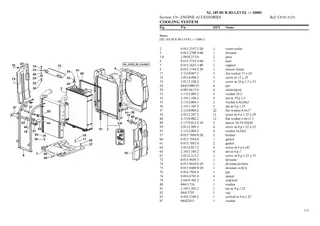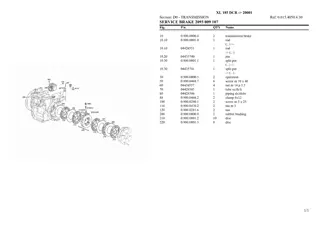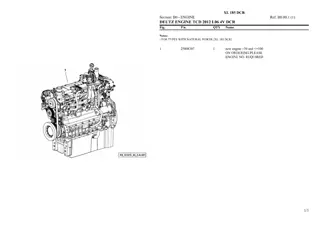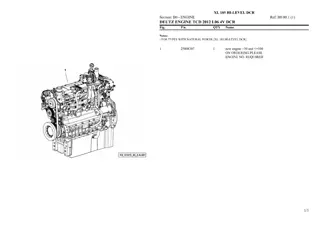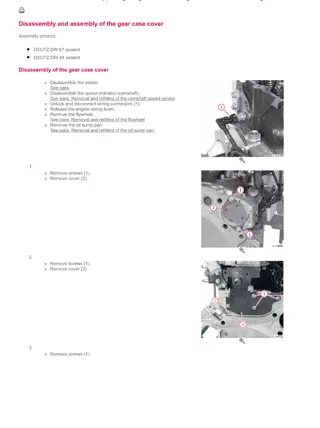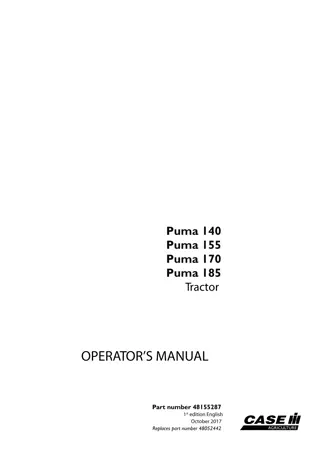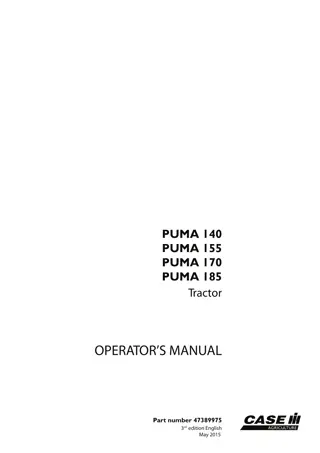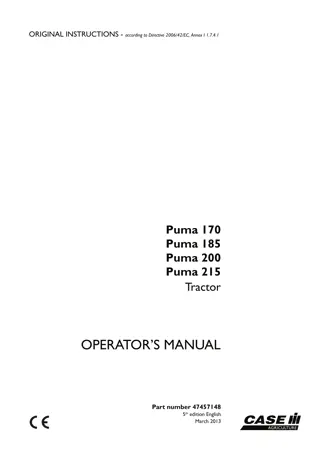
Understanding Mass Flow Hypothesis in Plant Sugar Transport
Explore the Mass Flow Hypothesis, a theory explaining sugar transport in plants through pressure-driven mass flow. Discover its importance in nutrient distribution, plant growth, and agricultural applications.
Download Presentation

Please find below an Image/Link to download the presentation.
The content on the website is provided AS IS for your information and personal use only. It may not be sold, licensed, or shared on other websites without obtaining consent from the author. Download presentation by click this link. If you encounter any issues during the download, it is possible that the publisher has removed the file from their server.
E N D
Presentation Transcript
Mass Flow Hypothesis by Subhamita Das
Introduction The mass flow hypothesis, also known as the pressure flow hypothesis or translocation theory, is a widely accepted explanation for the mechanism of sugar transport in the phloem of plants. According to this hypothesis, the movement of sugars and other organic compounds in the phloem occurs through a mass flow driven by differences in hydrostatic pressure between source and sink tissues.
Key Point Explains sugar transport in phloem via pressure-driven mass flow. Sugars loaded at source tissues create a pressure gradient. Sugars move from high-pressure source to low-pressure sink tissues. Regulates nutrient distribution for plant growth and metabolism.
Importance Provides a comprehensive understanding of long-distance sugar transport in plants. Offers insights into nutrient distribution for optimal plant growth and development. Enables the development of strategies to address nutrient deficiencies and optimize crop yield. Helps in the study and improvement of phloem-related processes for agricultural and ecological applications.




